WHAT IS EYE OF THE OCEAN?
An ocean monitoring program focused on marine mammals, sharks and rays, sea turtles and birds take place on a project ship The Spartan. Monitoring humpback whales and sharks, or detecting illegal fishing is our mission for the ocean.
WHAT IS EYE OF THE OCEAN?
An ocean monitoring program focused on marine mammals, sharks and rays, sea turtles and birds take place on a project ship The Spartan. Monitoring humpback whales and sharks, or detecting illegal fishing is our mission for the ocean.

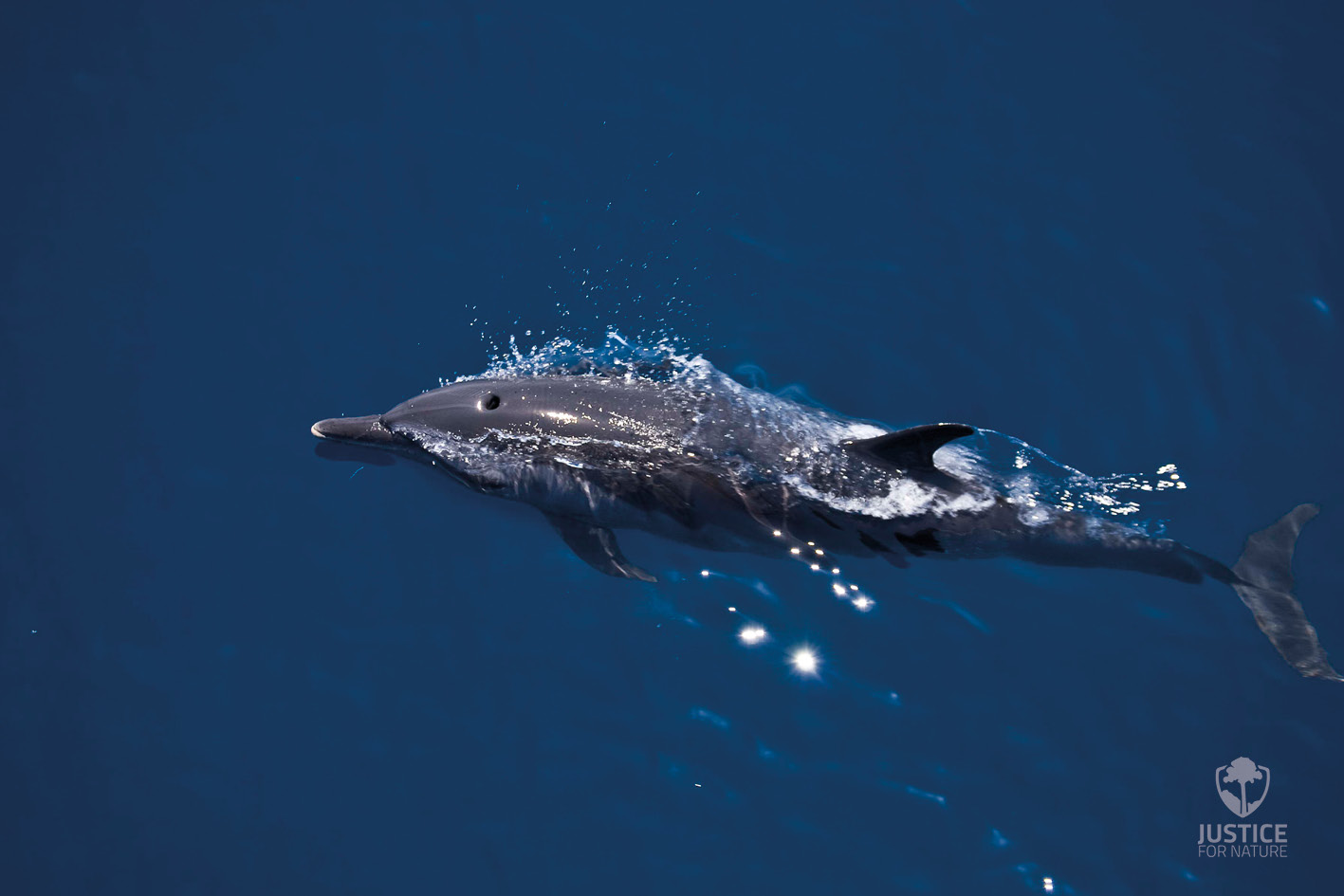

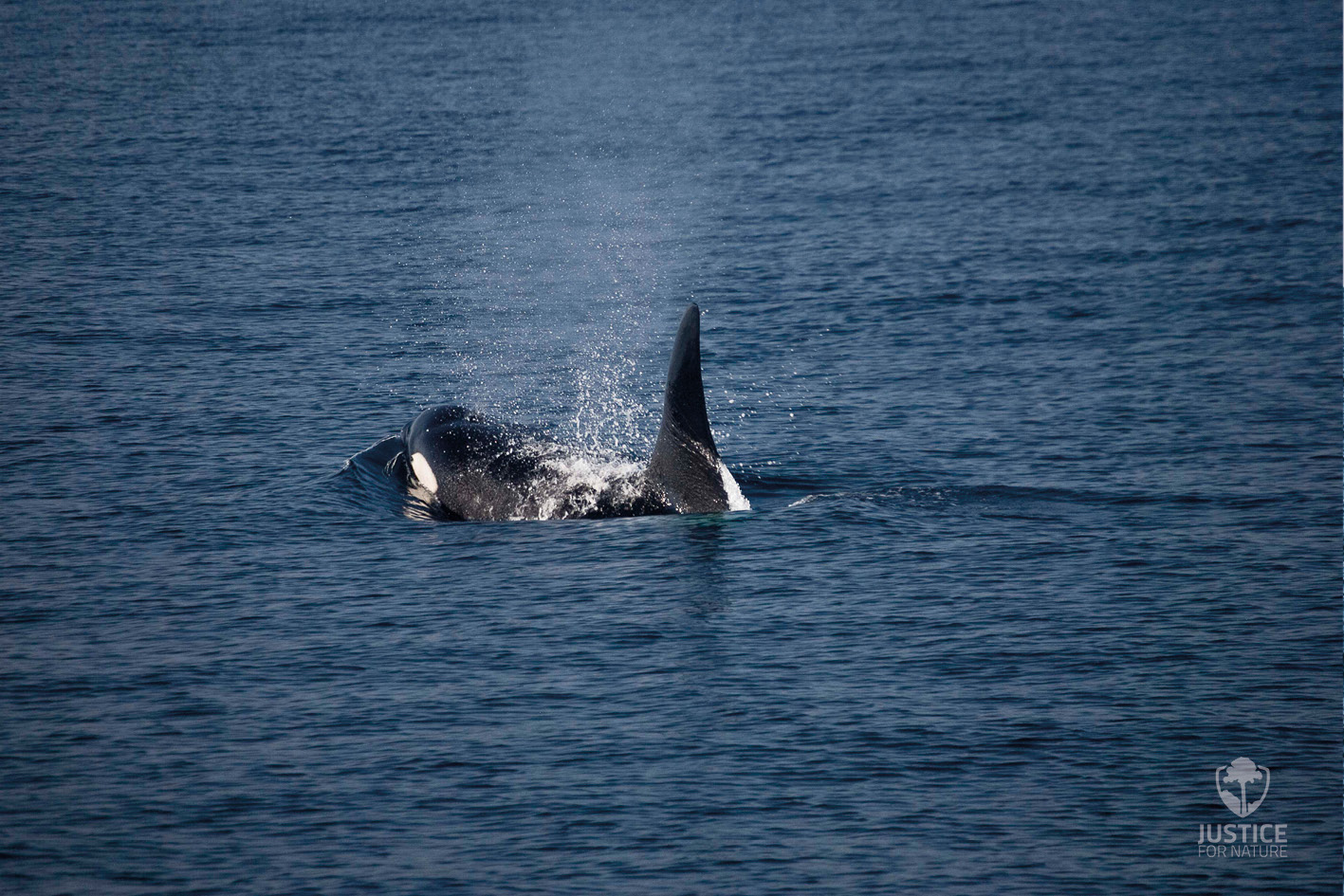


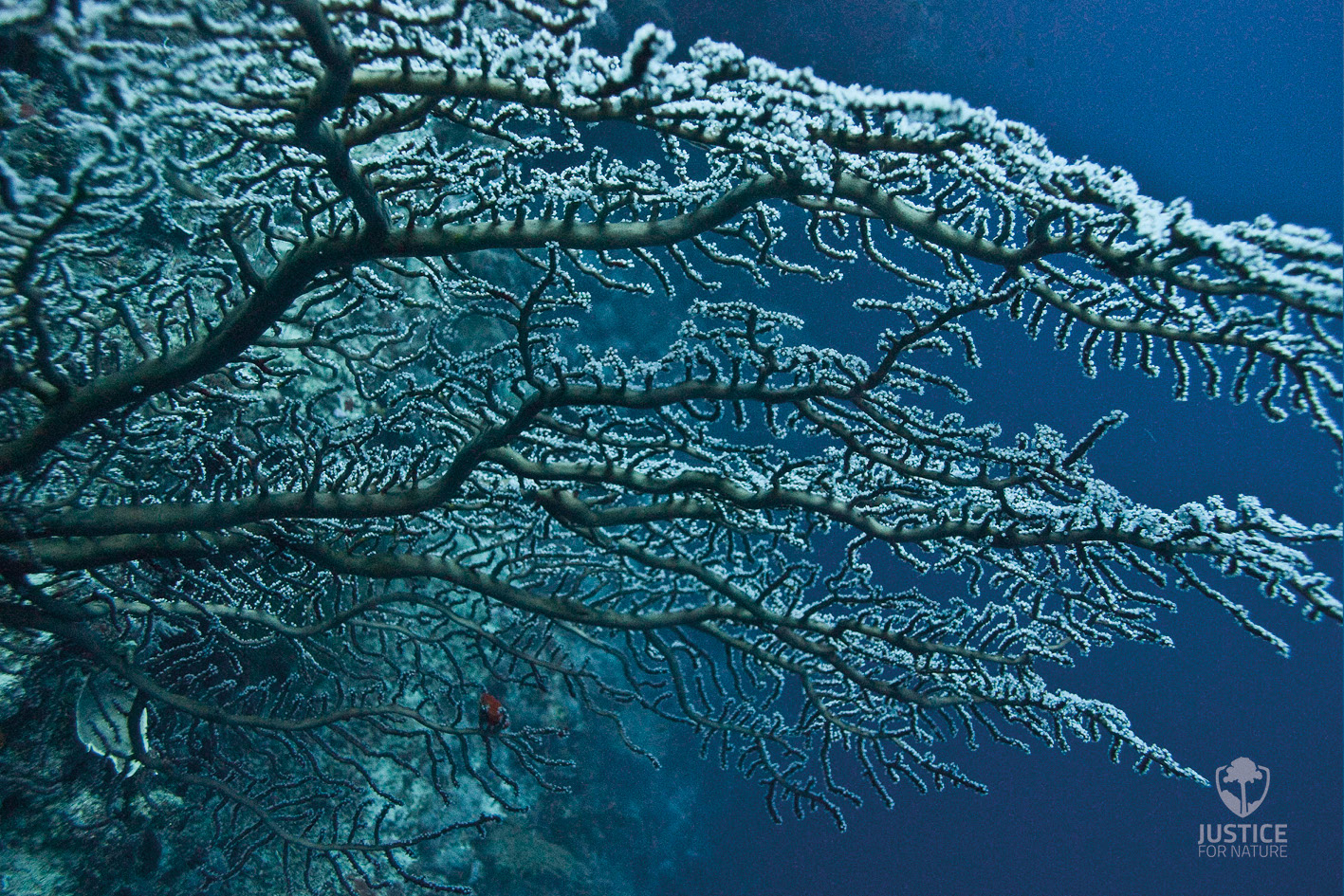

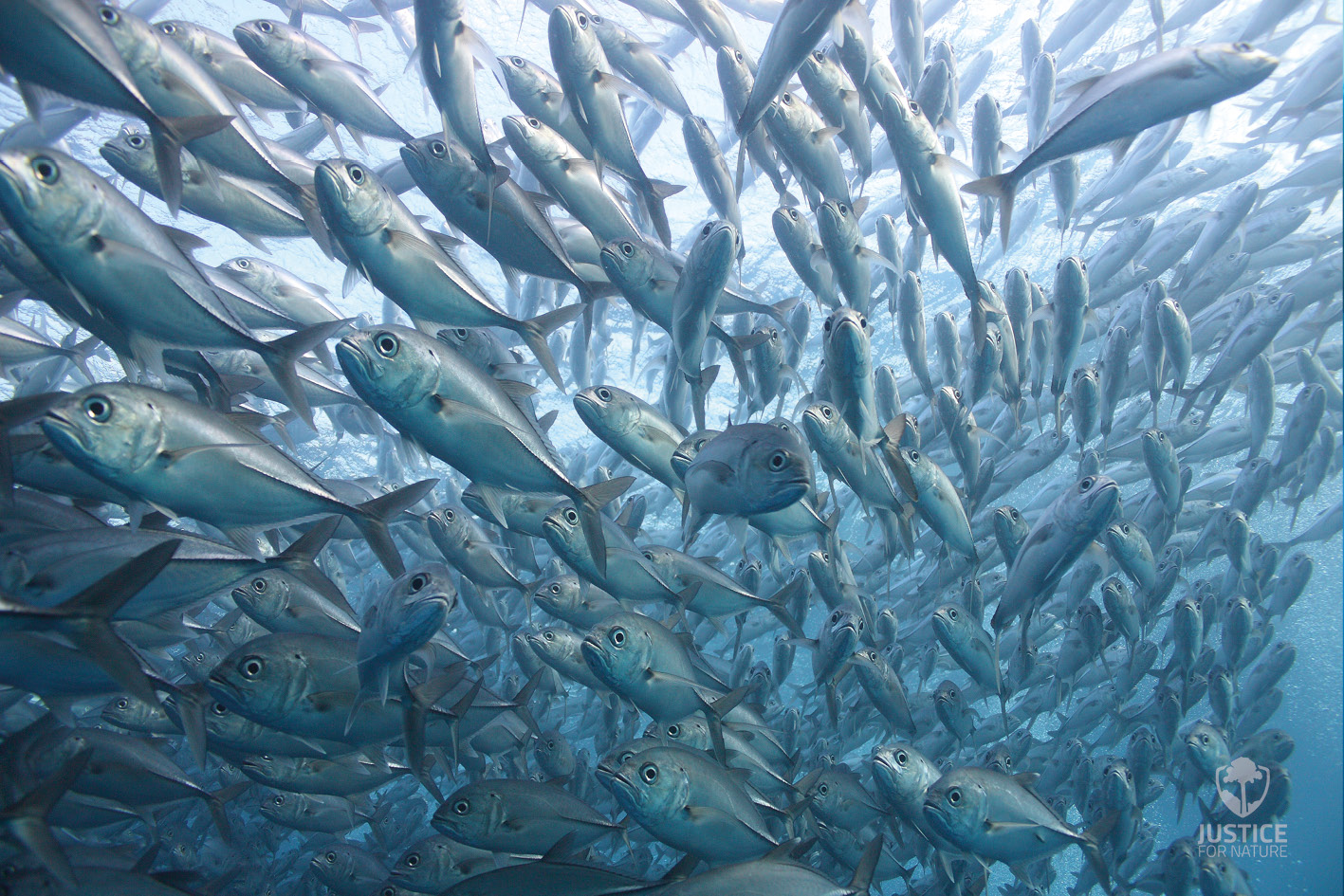
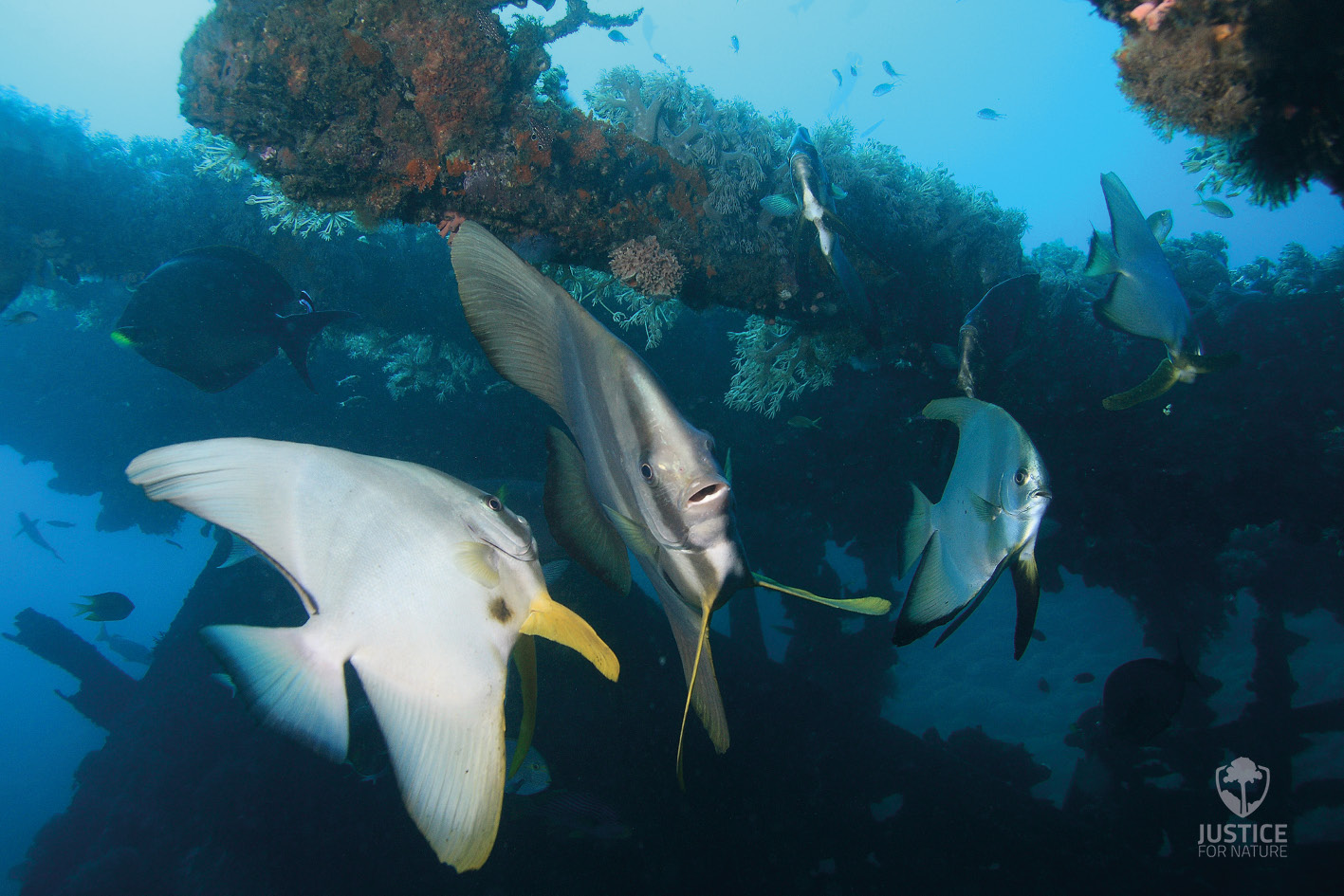
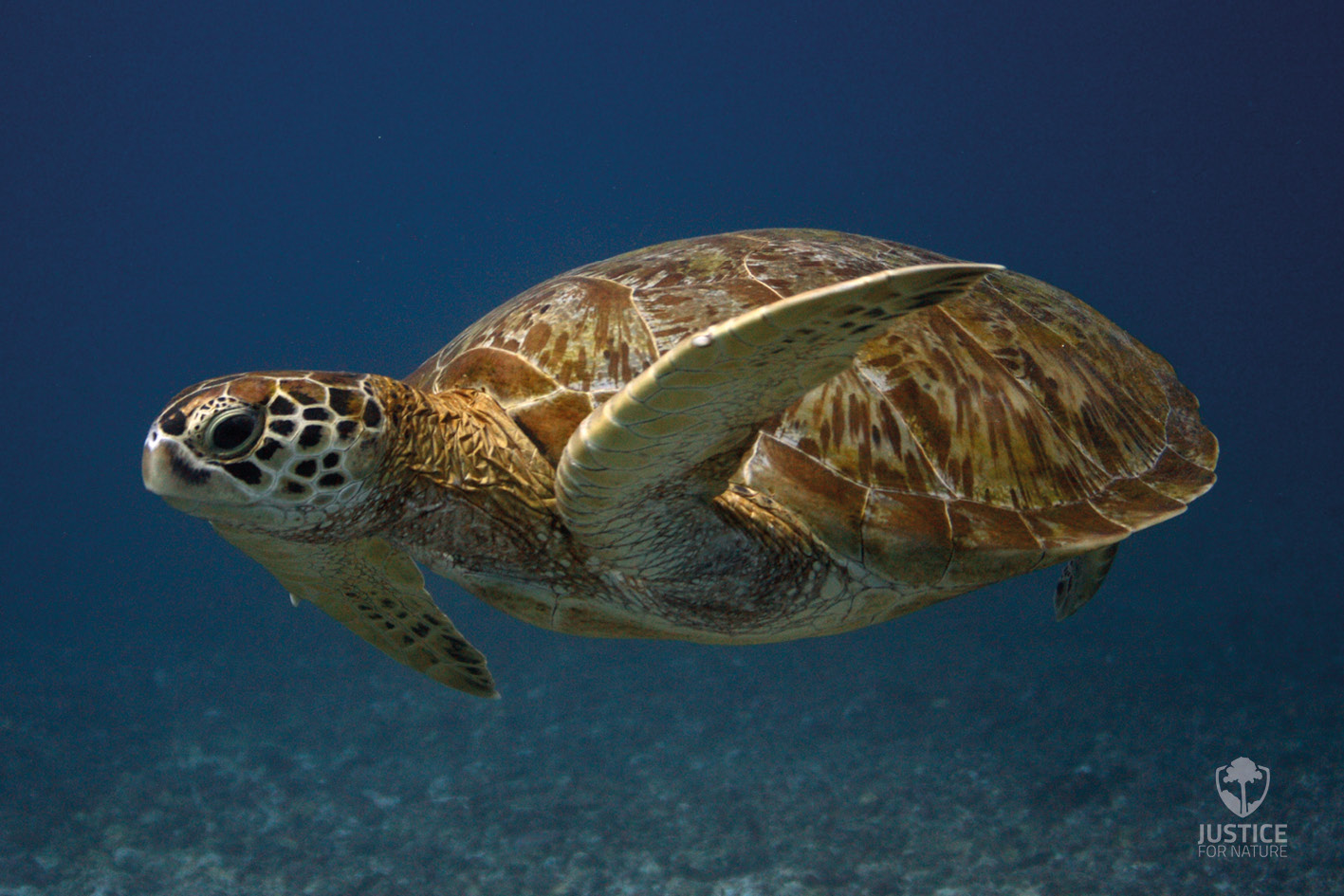
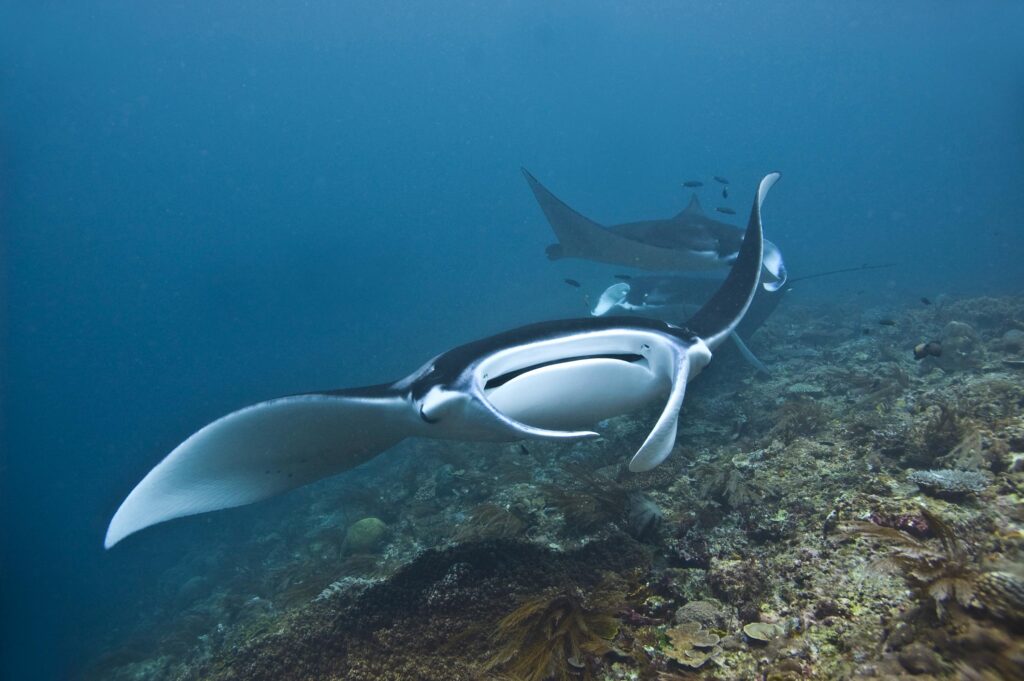
MONITORING
Eye of the Ocean aims to carefully monitor balance of ecosystem of the underwater world in cooperation with national parks, rangers, marine biologists, divers, conservationists, schools, ecotourists, filmmakers, photographers, companies, the general public and local fishermen. Part of the monitoring is also cleaning of the underwater and coastal ecosystem from human waste. The key activity is education and creation of an educational film and photographic materials for schools and the public, or protected areas.

MONITORING
Eye of the Ocean aims to carefully monitor balance of ecosystem of the underwater world in cooperation with national parks, rangers, marine biologists, divers, conservationists, schools, ecotourists, filmmakers, photographers, companies, the general public and local fishermen. Part of the monitoring is also cleaning of the underwater and coastal ecosystem from human waste. The key activity is education and creation of an educational film and photographic materials for schools and the public, or protected areas.
THE SPARTAN
The Spartan is a monitoring boat moored in Santa Elena Bay. It measures 12 meters, has 6 beds, and can operate independently for three days. Its mission is mainly the monitoring of marine mammals, whales and dolphins, in cooperation with marine biologist Frank Garita.
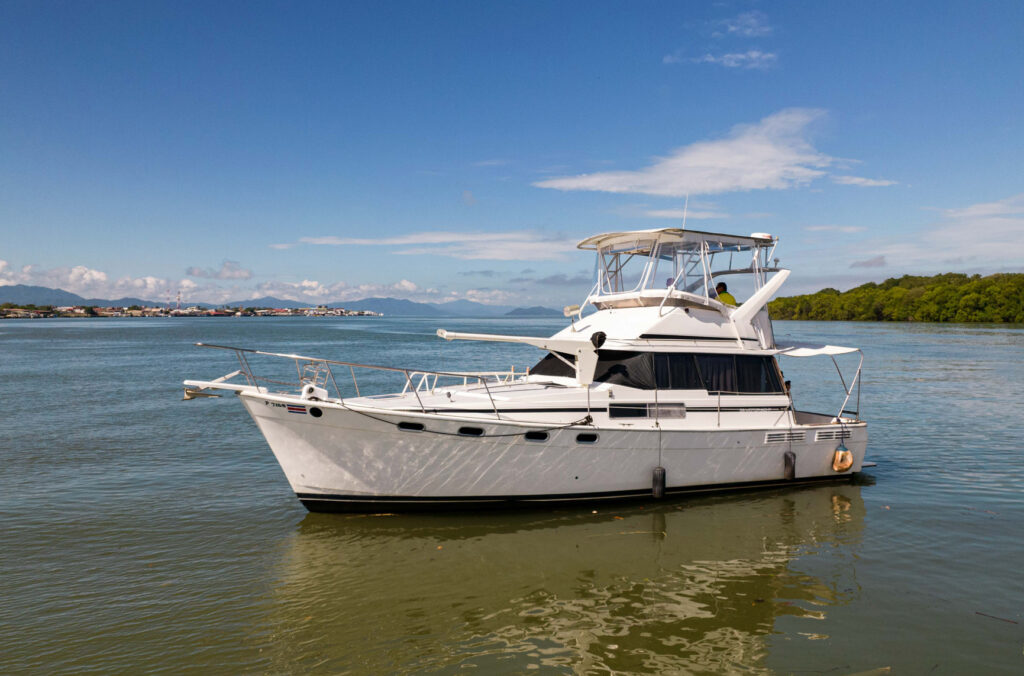
THE SPARTAN
Monitorovací loď The Spartan kotví v zátoce Santa Elena, měří 12 metrů, má 6 lůžek, je schopná nezávisle operovat po dobu tří dnů a jejím posláním je zejména monitoring mořských savců velryb a delfínů ve spolupráci s mořským biologem Frankem Garitou.

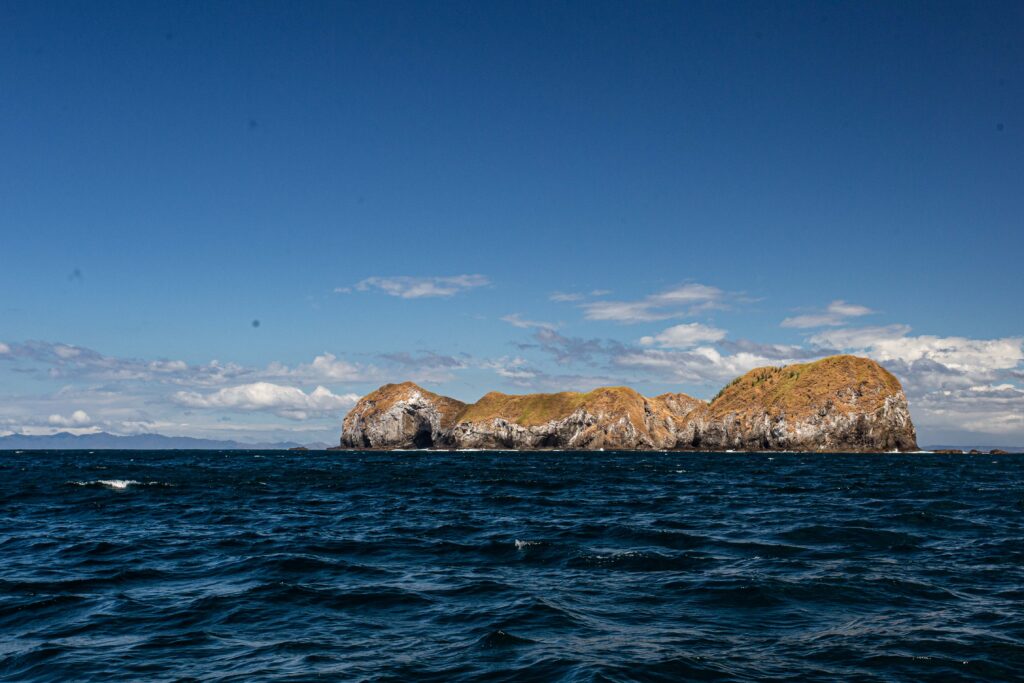
AREA OF MONITORING
The Eye of the Ocean will operate in a large area along the Pacific coast of the province of Guanacaste from Santa Elena Bay, through the Murcielago Islands, then in Papagayo Bay to the Catallinas Islands. An extraordinary area of interest for our monitoring is also the Thermal Dome, as the most important oceanic zone, where a very rich flow of nutrients emerges from the depths, which nourishes a huge area from the Thermal Dome to Cocos Island (Costa Rica), Galapagos (Ecuador), Malpelo (Colombia), Coiba (Panama) to the strip of seamounts to Caňo Island and Santa Elena Bay in Costa Rica.
AREA OF MONITORING
The Eye of the Ocean will operate in a large area along the Pacific coast of the province of Guanacaste from Santa Elena Bay, through the Murcielago Islands, then in Papagayo Bay to the Catallinas Islands. An extraordinary area of interest for our monitoring is also the Thermal Dome, as the most important oceanic zone, where a very rich flow of nutrients emerges from the depths, which nourishes a huge area from the Thermal Dome to Cocos Island (Costa Rica), Galapagos (Ecuador), Malpelo (Colombia), Coiba (Panama) to the strip of seamounts to Caňo Island and Santa Elena Bay in Costa Rica.

WHY PROTECT OCEAN IN COSTA RICA
Even though Costa Rica is a model country for the protection of terrestrial ecosystems, especially rainforests, protection of the ocean and the underwater world hang behind. Just as there is a national ban on hunting wild animals on land, it is different in the ocean. Huge demand for marine fish in restaurants, sport fishing and technical inability of the state to protect its marine economic zone make Costa Rica a country under enormous fishing pressure. The Thermal Dome is destination of foreign fishing fleets, especially Chinese, which come here to catch yellowfin tuna on their age-old migration. Upward ocean current carries so many nutrients and plankton that it is home to thousands of dolphins, the largest population of humpback whales on Earth, sharks, rays, sea turtles and huge shoal of marine fish. These rare animals end up as bycatch in the nets of large fishing boats that often enter Costa Rican waters illegally, but there is no force yet to provide relevant evidence of these fishing activities.
WHY PROTECT OCEAN IN COSTA RICA
Even though Costa Rica is a model country for the protection of terrestrial ecosystems, especially rainforests, protection of the ocean and the underwater world hang behind. Just as there is a national ban on hunting wild animals on land, it is different in the ocean. Huge demand for marine fish in restaurants, sport fishing and technical inability of the state to protect its marine economic zone make Costa Rica a country under enormous fishing pressure. The Thermal Dome is destination of foreign fishing fleets, especially Chinese, which come here to catch yellowfin tuna on their age-old migration. Upward ocean current carries so many nutrients and plankton that it is home to thousands of dolphins, the largest population of humpback whales on Earth, sharks, rays, sea turtles and huge shoal of marine fish. These rare animals end up as bycatch in the nets of large fishing boats that often enter Costa Rican waters illegally, but there is no force yet to provide relevant evidence of these fishing activities.
WHAT CAN I DO NOW TO PROTECT OCEAN?
eliminate marine animals from your diet
support Eye of the Ocean monitoring program
get involved as a volunteer
spread the word about the necessity to protect the underwater world
WHAT CAN I DO NOW TO PROTECT OCEAN?
eliminate marine animals from your diet
support Eye of the Ocean monitoring program
get involved as a volunteer
spread the word about the necessity to protect the underwater world



